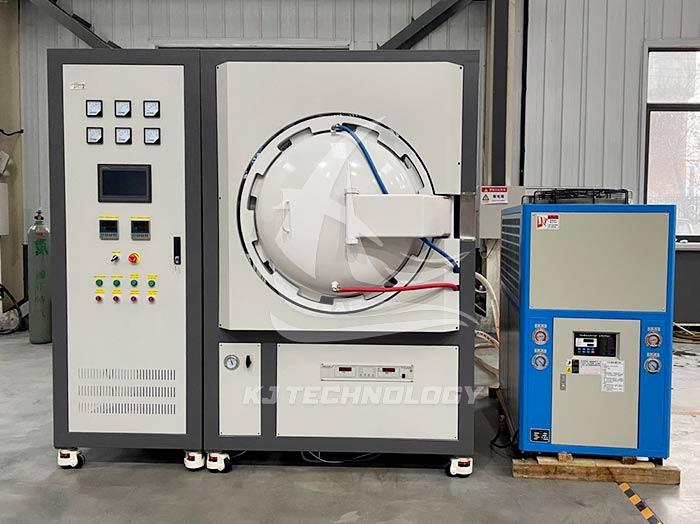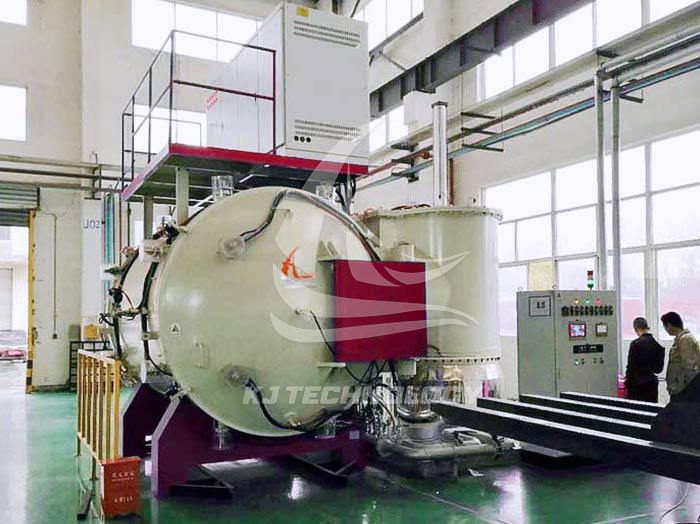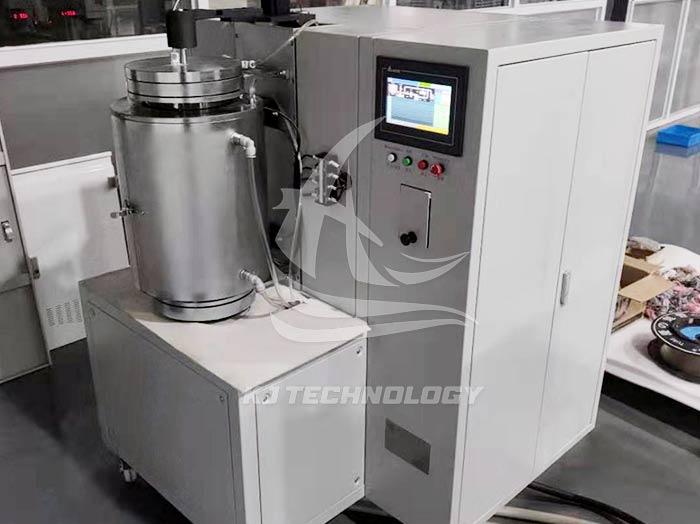Application of Industrial Vacuum Heat Treatment Furnace in the Metal Industry
 05-08-2025 Author: KJ technology
05-08-2025 Author: KJ technology
Industrial vacuum heat treatment furnaces are widely used in the metal industry, mainly in improving the performance, quality, and special treatment of metal materials. The following are some specific applications:
Improve the mechanical properties of metal materials
Vacuum quenching: For metal materials such as mold steel and high-speed steel, quenching treatment in a vacuum environment can effectively avoid oxidation and decarburization, thereby obtaining higher hardness, strength, and wear resistance. For example, when manufacturing components such as crankshafts and gears for automotive engines, vacuum quenching technology can improve the surface hardness and core toughness of the parts, extending their service life.
Vacuum tempering: Metal materials usually require tempering treatment after quenching to eliminate internal stress, stabilize structure and properties. Vacuum tempering is carried out in a vacuum environment, which can prevent oxidation during the tempering process and enable metal parts to obtain more stable dimensional accuracy and mechanical properties. High temperature alloy blades for aircraft engines, after vacuum tempering, can maintain good performance in high-temperature and high-pressure working environments.
Improving the microstructure of metal materials
Vacuum annealing: For some metal materials, such as copper alloys, aluminum alloys, etc., vacuum annealing can eliminate residual stresses generated during the processing, homogenize the structure, and improve the plasticity and toughness of the material. For example, in the electronics industry, copper alloy materials used to manufacture integrated circuit lead frames can improve their conductivity and ductility, and enhance product quality after vacuum annealing treatment.
Vacuum normalizing: For medium carbon steel and medium carbon alloy steel, vacuum normalizing can refine grain size, improve material strength, toughness, and cutting performance. In the mechanical manufacturing industry, the use of vacuum normalizing technology can improve the organizational structure and enhance the comprehensive mechanical properties of some high demand shaft, gear and other parts.
Implement special heat treatment processes
Vacuum carburizing: carburizing treatment is carried out in a vacuum environment, which can accurately control the amount and depth of carbon infiltration, and improve the quality of carburizing. For parts that require high hardness and wear resistance on the surface, as well as good toughness in the core, such as gears and bearings in the aerospace industry, vacuum carburizing technology can meet their special performance requirements.
Vacuum nitriding: Through vacuum nitriding treatment, a nitride layer with high hardness, good wear resistance, and strong corrosion resistance can be formed on the metal surface. In the mold manufacturing industry, vacuum nitriding treatment of molds can improve their wear resistance, thermal fatigue resistance, and demolding performance, extending their service life.








